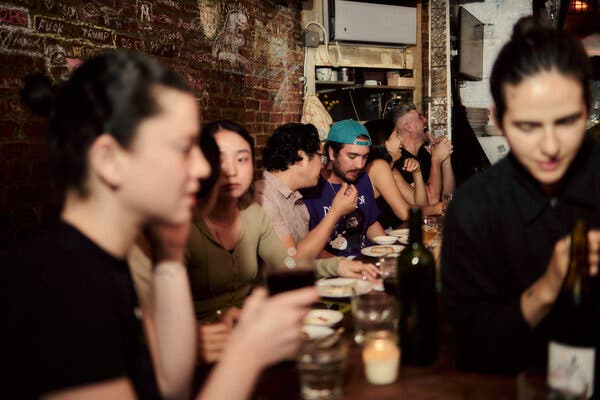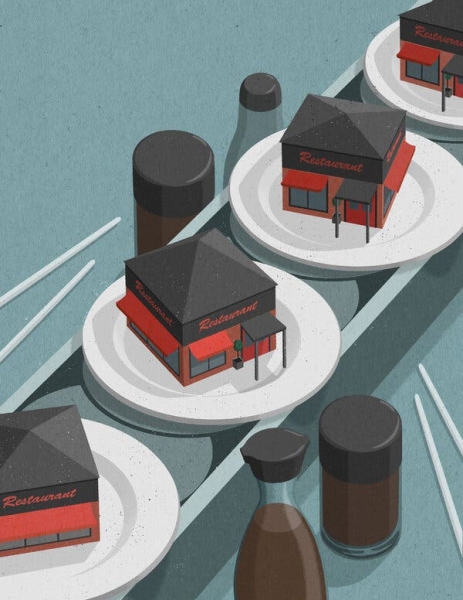Critic’s Notebook
In his last essay as a restaurant critic, Pete Wells reflects on a dining world of touch screens and reservation apps, where it’s getting hard to find the human touch.
Listen to this article · 8:00 min Learn more
This is Pete Wells’s last column as restaurant critic for The New York Times. Read more about his 12 years of reviewing here.
Last week, the restaurant-loyalty app Blackbird introduced a new way to pay for dinner. Customers check in on the app on arrival, pick a payment source and tip percentage, and then eat. Ben Leventhal, one of the app’s founders, explained what he called the “best part” in an Instagram video shot at the Italian cafe Lodi.
“When you’re done, you just get up and go,” he said. Then he demonstrated how it’s done, high-fiving Lodi’s host on his way to the door without breaking stride.
I’m at the end of 12 years as a critic who ate in and reviewed restaurants constantly. Of those years, I probably spent two solid months just waiting for the check. I ought to be in favor of anything that speeds up the end of the meal, but Blackbird’s new checkless exit gives me the creeps. It is just the latest in a series of changes that have gradually and steadily stripped the human touch and the human voice out of restaurants. Each of these changes was small, but together they’ve made going out to eat much less personal. Meals are different now, and our sense of who we are is different, too.
In my first few years on the job, I thought of restaurants as one of the few places left where our experiences were completely human. We might work silently in our cubicles, rearranging and transmitting zeros and ones. We might walk around with speakers in our ears that played digital music files chosen by an algorithm. We might buy our books and sweaters and toothpaste with a click and wait until they showed up at our door. We might flirt, fight and make up by text. But when we went out to eat, we were people again.

Thank you for your patience while we verify access.
